
氚濃度:低於下限
ー測定魚中的氚ー
-水產廳每天公佈結果-
我們將提供日本經濟新聞文章的摘要。
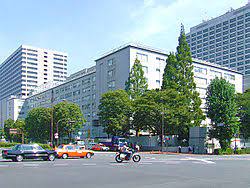
日本水產廳:
8月26日,東京電力公司福島第一核電站周邊海域進行了捕魚活動。
氚濃度低於檢測下限。
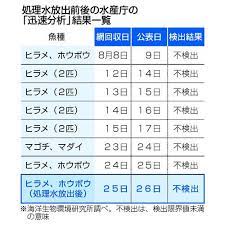
發布每日結果:
這是自8月24日核電站處理水排入海洋以來的首次檢查。
每天我們都會測量兩個樣品中的氚濃度,並在後天發布。
這次的標本是比目魚和魴魚。
在距福島第一核電站 5 公里處安裝了一個網絡。 魚是25日凌晨捕撈的。
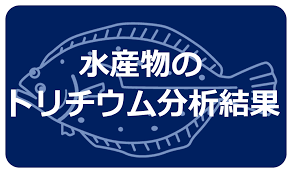
水產廳主頁:
允許比較發布前後的數據。
分析結果自8月9日起發布。
在水產廳網站上以日語和英語發布。
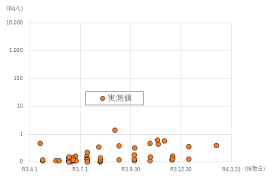
水產廳的“精準分析”
與此同時,水產廳還採用了一種名為“精確分析”的方法。
我正在從北海道調查千葉縣沿海的水產品。
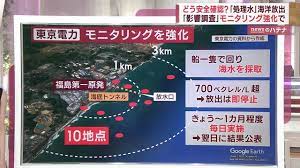
東京電力調查結果:
26日,海水調查結果公佈。
25日,在核電站周圍3公里範圍內的10個地點進行了海水採樣。
24 天后,所有點的氚濃度均低於檢測限。
https://www.nikkei.com/article/DGXZQOUA252AP0V20C23A8000000/
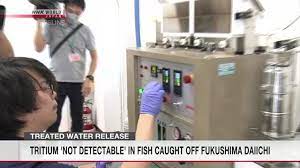
Tritium ‘not detectable’ in fish caught off Fukushima nuclear plant
Summary from NHK WORLD-JAPAN News.
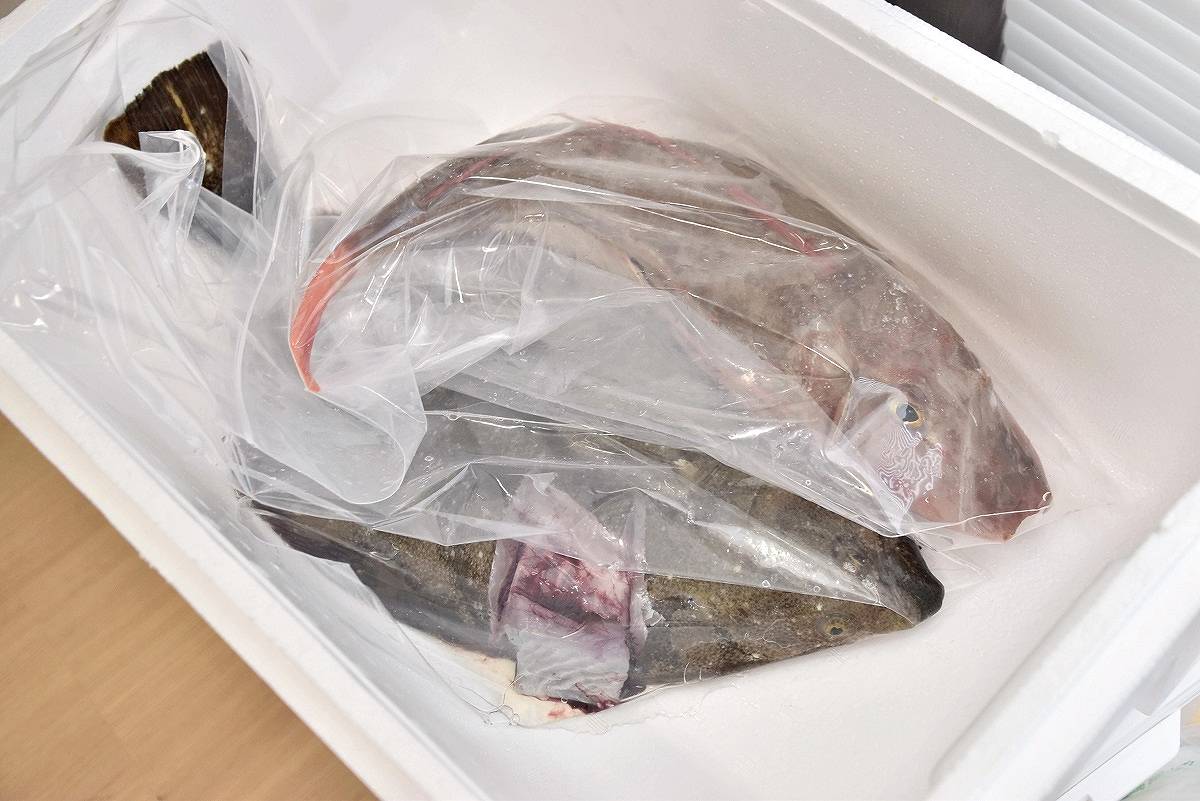
Japan’s Fisheries Agency
the levels of tritium in fish caught off the damaged Fukushima Daiichi nuclear power plant
were too low to be detected.
The agency has been conducting regular monitoring of radioactive materials in fishery products from Fukushima and neighboring prefectures since the accident at the plant.

Publish the results:
On Saturday published its first analysis results,
after examining an olive flounder and a gurnard caught the previous day.
The results show:
the tritium levels in the fish were “not detectable,”
as they were less than around 10 becquerels per kilogram
the minimum level the government says is detectable in the testing.
Safety of Japan’s marine products:
The agency also plans to analyze fish caught in a wider area
in an effort to prove the safety of Japan’s marine products.
Diluting the treated water:
The operator is diluting the treated water
to reduce tritium levels to about one-seventh of the World Health Organization’s guidelines for drinking water.
https://www3.nhk.or.jp/nhkworld/en/news/20230826_14/